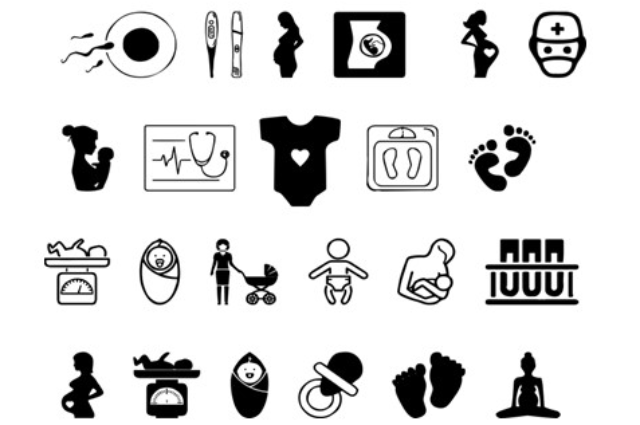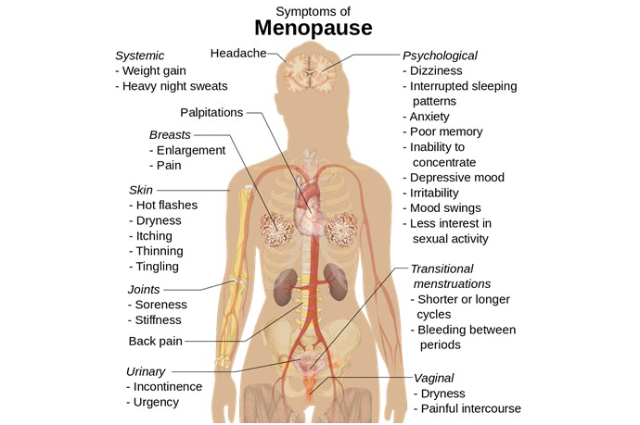
Every stage in a woman’s life is special, right from the moment she is born, to entering adolescence, displaying a vibrant youth, celebrating motherhood, and yes, even the advanced mid-life periods and old age. It's not only the exterior features that prominently change as females grow older. Numerous modifications occur internally within the system as well, giving rise to indications of body pain, hot flashes, hormonal alterations, etc.
Menopause is a natural process that is associated with ageing. However, sometimes, women experience the symptoms of menopause at a very early age, which can lead to several complications in their life.
The causes of premature menopause can be classified into two categories – medical and lifestyle-related factors.
Medical factors:
- Primary ovarian insufficiency
- Hypothalamic and pituitary tumors
- Surgery to remove the ovaries or uterus
- Chemotherapy or radiation therapy for cancer
- Chronic diseases
- Psychiatric disorders
Lifestyle Factors:
- Stress & tension
- Lack of exercise
- Hectic schedule
- Poor nutrition & junk food
- Use of harsh chemicals that get absorbed into our skin
- Pollution & lack of greenery
- Smoking, drinking, and substance abuse
- Sexual relationships with multiple partners
- Emotional turmoil brought on by events like loss of loved one, divorce, widowhood, etc.
- Societal factors, such as late marriage, late pregnancy, or induced abortion
Estrogen is stored in the fat tissues of the body. Women who are very thin have less estrogen stored and, there, at higher risk of getting premature menopause.
The symptoms of premature menopause include irregular / missed periods with a heavier or lighter flow than usual. Women may experience hot flashes, vaginal dryness, weight gain, bladder irritability, loss of bladder control, sleeplessness, dry skin, eyes, or mouth, and decreased sex drive. Premature menopause also triggers an emotional response among women, which could include mild depression, irritability, mood swings, anxiety, insomnia, and listlessness.
The climacteric syndrome involves a variety of symptoms such as profuse sweating, insomnia, memory loss, decreased sexual drives, joint aches, and anxiety. However, amongst these symptoms, hot flashes and sweats are generally considered the hallmark and result in the majority of the medical consultations for this condition.
It's found in the ideal setting of clinical trials, with optimal patient selection and compliance, estrogen therapy reduces hot flashes by about 70-80%; However, estrogen is unable to be universally used, either because of contraindications or because of an unwillingness of women to take it. Furthermore, hot flashes may persist in spite of adequate estrogen replacement,
Phytotherapeutic extracts are very popular Preparations containing isoflavones, such as soy extract and red clover or extracts from evening primrose or cimicifuga (black cohosh, Actaea racemosa, syn. Cimicifuga racemosa), in variable doses are very popular for the treatment of hot flashes. The scientific support for their efficacy certainly does not equal their popularity.
Non-hormonal treatments for menopause are not as effective as estrogens in relieving hot flashes but may have a role in therapy for women who have contraindications.
The following diet and lifestyle changes are recommended:
- Follow a healthy and balanced diet and eat your meals on time. Say no to junk food and fizzy drinks and reduce the amount of refined sugar and caffeine you have in a day.
- Avoid salty, spicy, or sour foods, like pickles or chutney. Eat more warm food and drinks and add spices like fennel and cumin seeds to your food.
- Exercising regularly, at least 30 minutes every day.
- Meditate to calm the mind and relieve yourself of emotional baggage.
- When buying fruits and vegetables, choose organic produce, which is free of pesticides and insecticides.
- Do not smoke or drink excessively or do drugs. Also, refrain from having multiple sexual partners.

